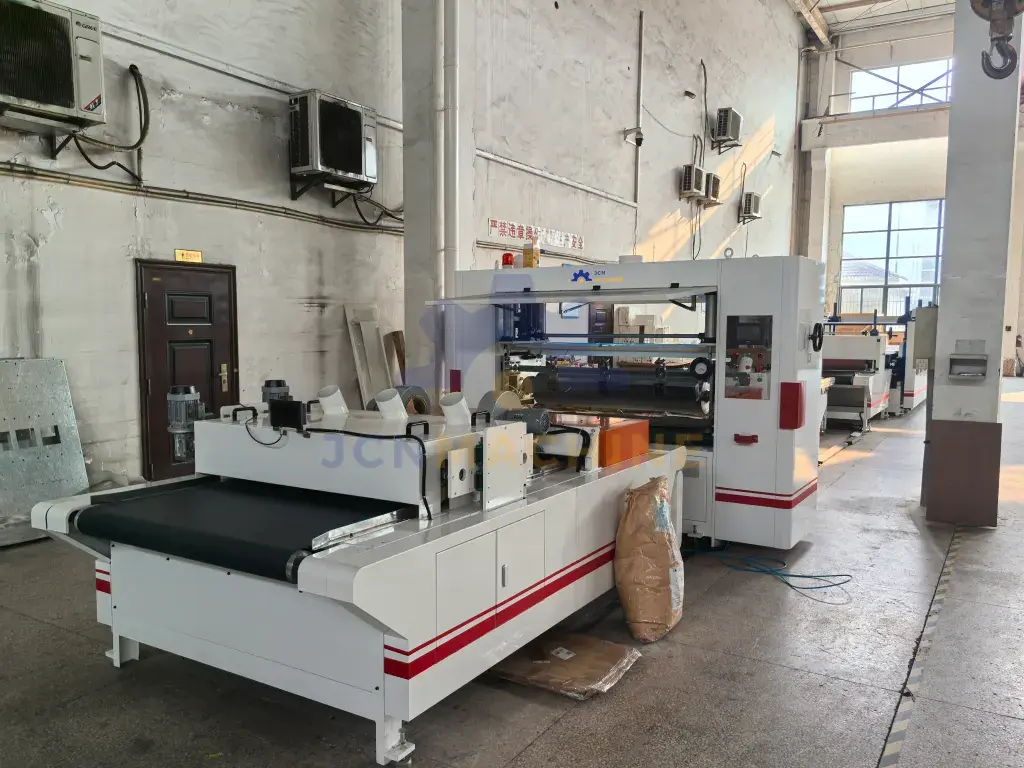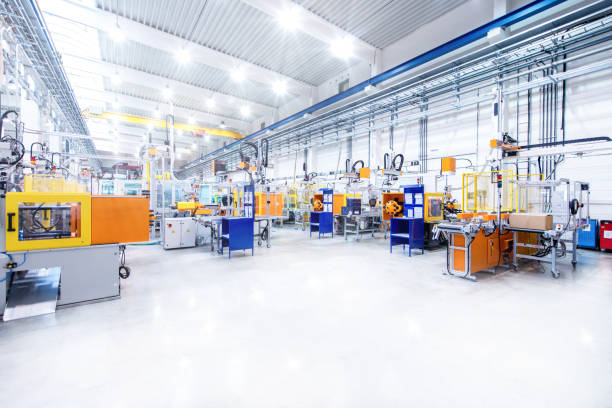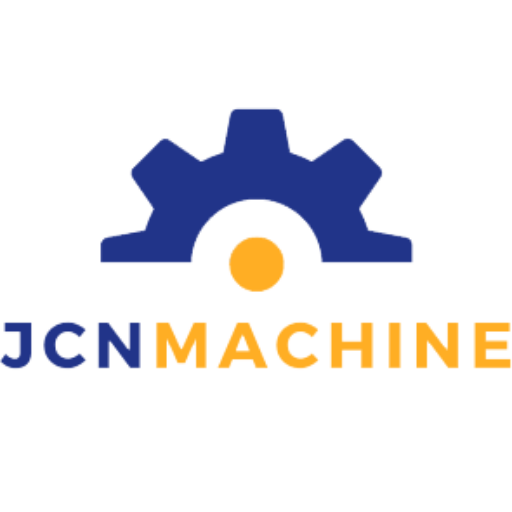Automation in Manufacturing: Boosting Efficiency and Process Optimization

INTRODUCTION The history of the Industrial Revolution has been like a long and exciting marathon, with each leap making the pace of manufacturing more robust. Beginning with the first industrial revolution in the 18th century, we used water and steam power to break the shackles of manual labor and give productivity a powerful boost. Factories then, like freshly wound clocks, began to run at a whole new speed. Immediately following this, the Second Industrial Revolution turned the dream of mass production into a reality through the popularization and application of electricity. Electricity not only provided a constant source of energy for machines, but also realized the goal of “machines making machines,” and factories were like gas pedals, with production lines speeding up again. In the 20th century, the third industrial revolution, electronic equipment and information technology (IT) is widely used, as if for the industrial manufacturing “intelligent” switch. From then on, pro
Automatic Equipment: 2024 Trends and Flexibility in Manufacturing

1.Introduction Imagine: In a dynamic modern factory, the complex tasks that once relied on human operations are now being completed by automated equipment with amazing speed and precision. The production workshop is no longer a scene of bustling people, but an efficient collaborative space dominated by smart devices. This transformation not only redefines the boundaries of productivity, but also drives the entire industry forward. Automated production equipment has surpassed the traditional assembly line model and become the cornerstone of corporate strategic flexibility. According to the latest data, the global automation equipment market has reached 1.2 trillion US dollars in 2023, and it is expected to increase to 1.5 trillion US dollars by 2024 (Source: Statista). This remarkable growth not only reflects the increase in market demand, but also reveals a deeper trend: in today’s complex and changing global market, automatic equipment provides companies with unprecedent
Anilox Roller Coating: The Future of Industrial Adhesive Solutions

Introduction Imagine you are facing a tough challenge: your manufacturing line must produce a large number of composite panels within a limited time, and each panel needs to have perfect bonding and excellent appearance. However, traditional glue coating technology is not only inefficient, but may also result in uneven quality of panels. Just when you are overwhelmed, a revolutionary technology emerges – Anilox roller coating. This advanced Industrial adhesive solution not only solves many problems in the bonding process, but also completely changes the production method of Composite panel adhesive through its precise control and lifetime free replacement. So, how does Anilox roller coating work? How does it create miracles in your production line? The following analysis will reveal the secrets of this technology and explain why it is an indispensable Advanced coating technology for modern manufacturing. The principle of anilox roller coating technology 2.1 Structure and working
Advanced Manufacturing Technology in Furniture Industry: PUR Glue Guide

Introduction In the modern manufacturing industry, PUR hot melt adhesive equipment is becoming a key tool for improving productivity and product quality, especially in the automotive interior and furniture industries. As a more advanced manufacturing technology, PUR hot melt adhesive equipment can not only significantly improve production speed, but also ensure the stability and reliability of the bonding process. With the changes in market demand and the continuous progress of technology, the choice of the right PUR hot melt adhesive equipment for the enterprise’s productivity, product quality and cost control has a critical impact, the previous article I mentioned, high-tech equipment for the development of enterprises with long-term significance, but in the final analysis, whether or not the equipment is suitable for their own business is also a problem that needs to be considered in advance, no one wants to buy their own! Who do not want to buy things to the end of no way to

